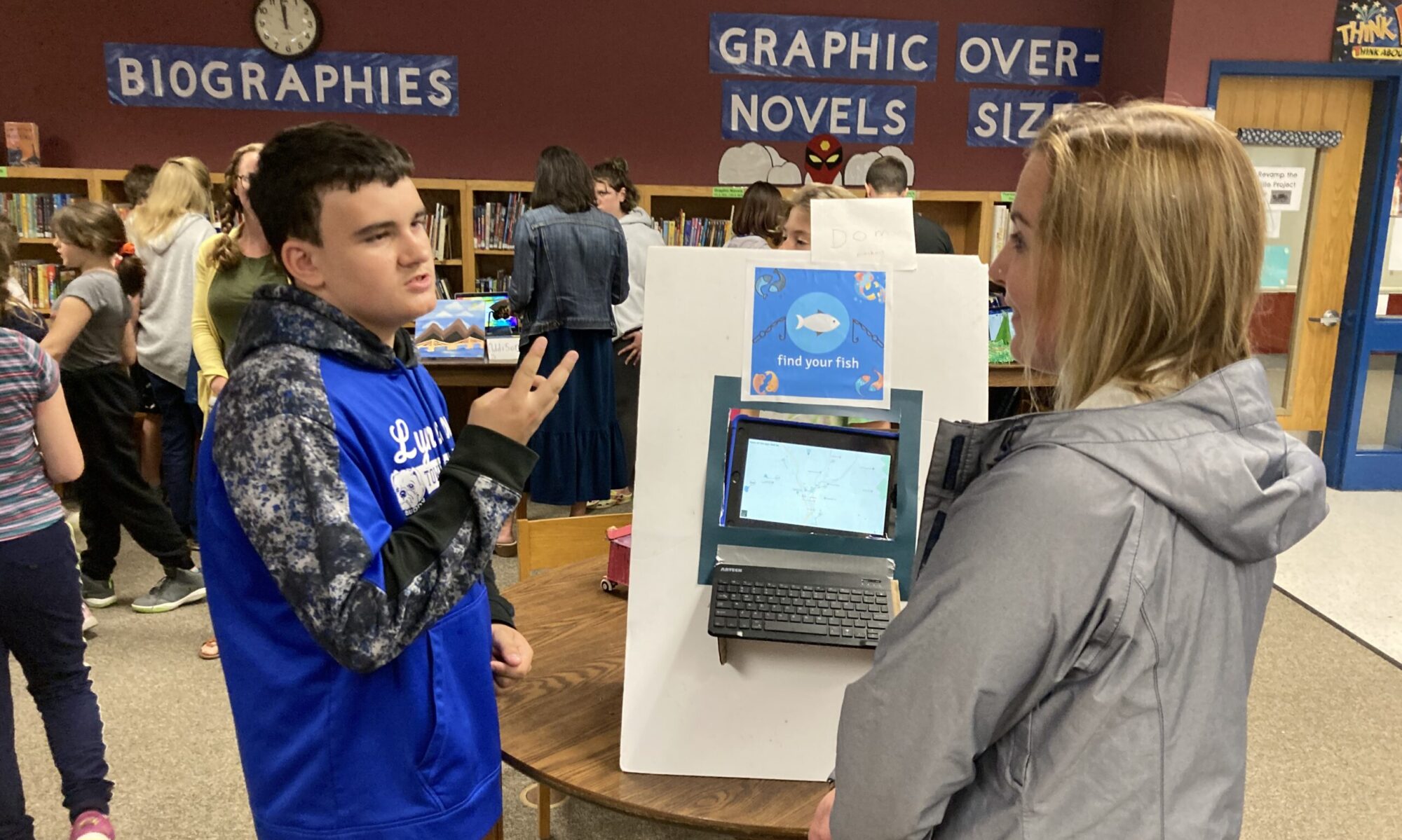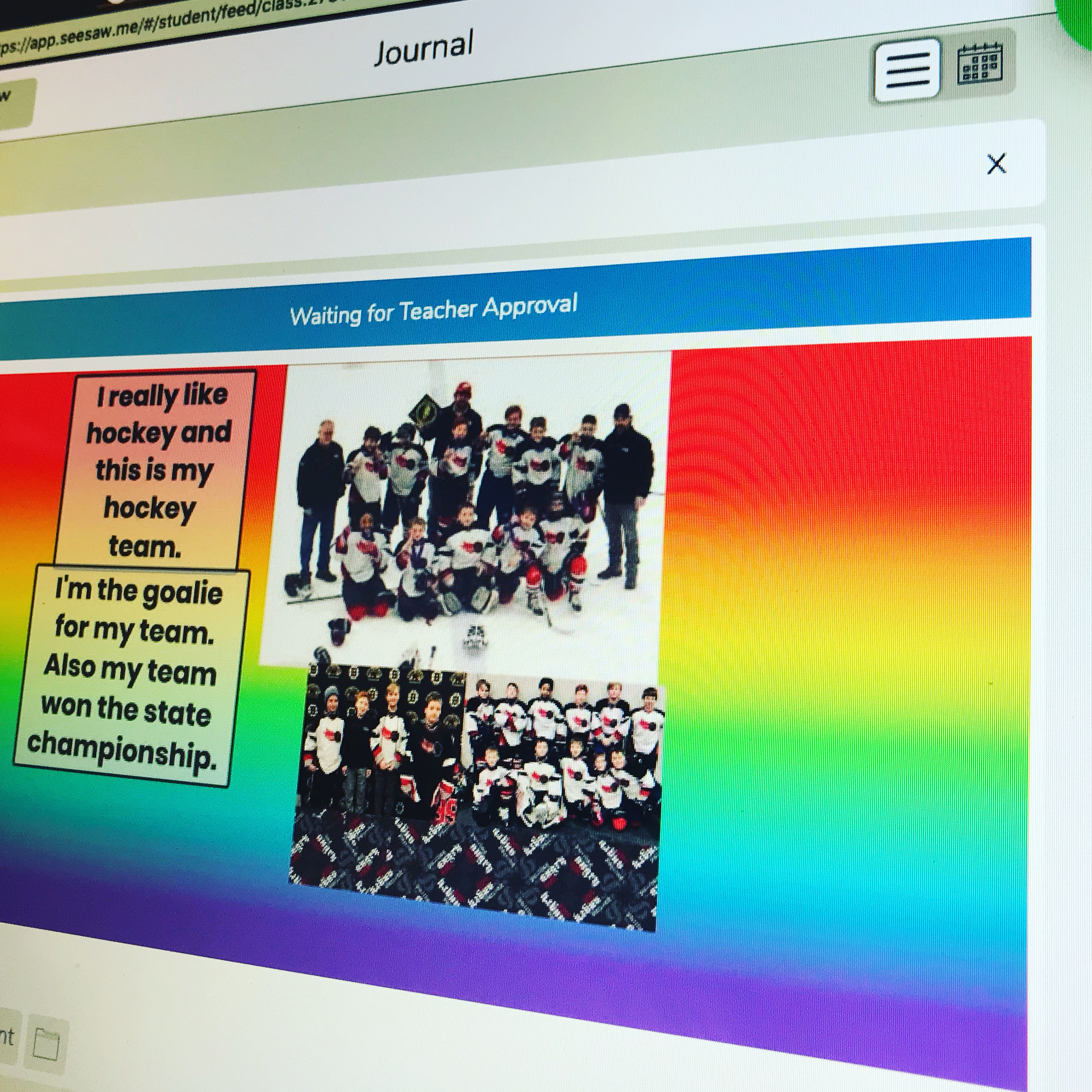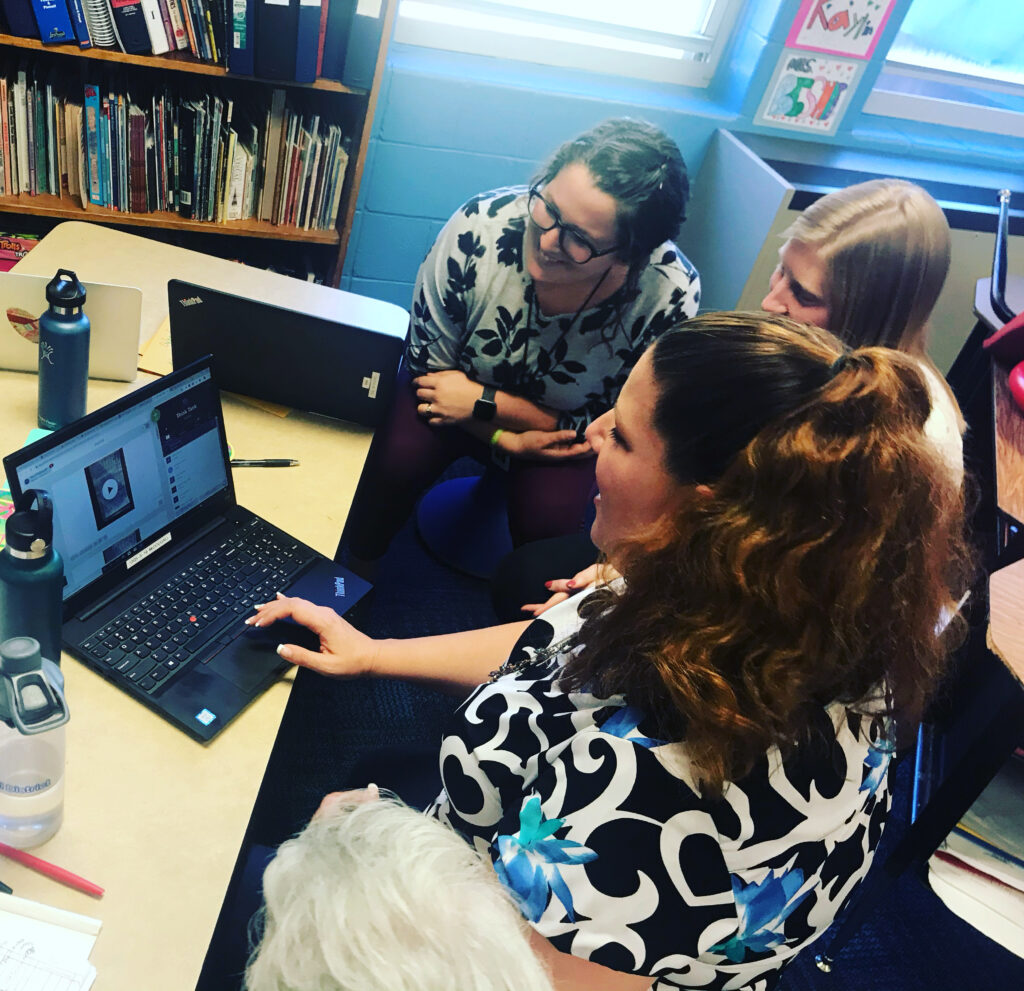Connecting deeply with students matters. Research tell us this. So does teacher experience. Educators spend a lot of time learning about student interests, their families and cultures, their identities and dreams. This is important work, and is often based on what they show us, or tell us.
But what if students are in the drivers seat of this exploration? And how could all teachers (not just classroom teachers) know students deeply and well, to connect first, develop relationships, then work toward learning goals?
I was at a teacher team meeting recently. One educator was noting a few students who she felt like were disengaged and breaking class norms and expectations. They were pulling back from class discussions and activities. The teachers decided to make a chart of all the students in grades 6-8 and list which teachers felt they had a personal connection with each student. After that, the team looked for themes and noticed that some of the same students who were disconnecting had fewer personal connections with educators.
How would we respond if this was a gap in literacy or math skills? With a plan. And this was a relationship gap. This is new language I picked up from this recent article about the impact of supportive relationships on boys’ learning. When there is a lack of strong relationships, boys can experience a gap, and suffer all sorts of educational and emotional consequences, leaving them open for isolation and invitations into harmful groups and organizations.
Looking at PLPs
And what if there were more ways to connect, for students to show us who they are, and share things with us about their out of school lives, and their learning lives that they might not want to share verbally? Of course nothing will or should take the place of one on one contact and in person relationship building. But Vermont educators have a tool at their disposal and it is ready for students to share with us who they are, how they learn, and what they need. The PLP.
One thing students and teachers are showing us about PLPs is that students need some structures to support developing this reflective and storytelling tool. Because schools have traditionally viewed learning as something that happens in schools only, of course students get that message, and might not share that they indeed got into ice skating finals this weekend, won an ice fishing derby, or made macrons successfully for the first time. They won’t know to record their excitement after video-conferencing with students in Kenya, or discovering that they could survive giving a Ted Talk style speech in front of their classmates.
Care and attention of students + PLPs
How how do we help them?
Like anything, the more attention you give something, the more it grows. Often, teachers launch PLPs with an identity activity, and then it lies dormant until student led conferences. What happened in between? If you are already working on PLPs with your students, when do you find time to look at them? Do the essential arts teachers have a way to look at them? Do families?
One way to get started with that is to set aside a time for looking at PLPs in your teacher team meetings, maybe once a week. Pick one or two PLPs to look at, possibly students who you know are struggling relationally first. Ponder:
- What do you notice?
- Look closely, what is it telling us?
- Consider, what might be next steps?
And if you notice the PLPs are sparse, what might be a good plan for developing it more fully with students? Consider a few of these questions:
- What are the structures to support kids creating meaningful and regular work in PLPs?
- How can PLPs be used to help to reach/teach students?
- How can PLPs be better used to strengthen student and teacher relationships?
- Is anyone posting out of school learning? How can educators encourage this?
Developing supports
Based on the answers, your team might come up with a few action steps for looking at PLPs. One could be that in advisory each students will reflect on their growth in transferable skills each week (using art, photos, writing, video), or write a journal type email to caregivers. Or each student will post a highlight and a lowlight from their week in any way that suits them. Or it could be that each week students will post about out of school learning that had an impact on them. Each of these would provide a window for all teachers on the inner learning lives and personal interests of their students. This could be especially important for students who are introverted and might struggle to share things verbally in class.
Get student feedback
Then, ask a student! What do they need to make these meaningful to them and their families? This is their learning story and lived experiences, after all.
PLPs need care and feeding, and looking at PLPs on a regular basis does that. They will become like a binder on a shelf if students aren’t interacting with them in meaningful ways. And I don’t mean in a shallow compliance only sort of way, like show me how you followed the class rules today! A reflection about class norms is awesome, but if the PLP just becomes another instrument where teachers tell kids exactly what to do and how to be, it is another example of teacher-directed learning that undermines the purpose of the PLP.
Educators, how do you help students show their true selves in PLPs? And how do you use this tool to build relationships with students? We are all ears!



